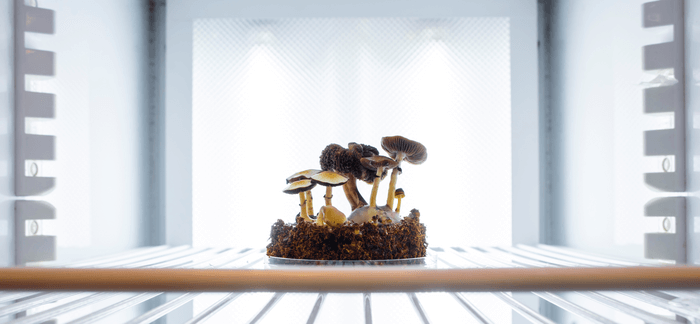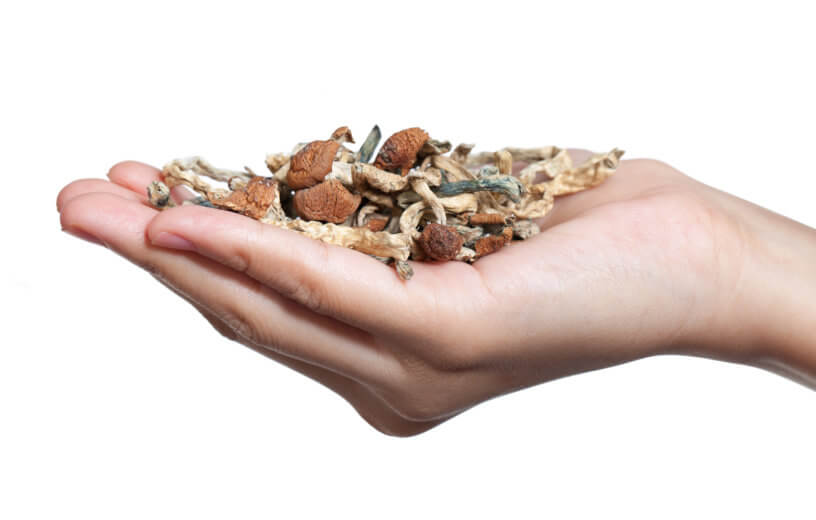PLYMOUTH, United Kingdom — “Magic mushrooms” are not just a psychedelic hallucinogen, they’re also becoming a popular option among scientists looking for a treatment for mental health disorders. Now, a new study is trying to find out what exactly puts the “magic” in these mushrooms.
A team at Plymouth University is studying how this compound develops in nature. At the moment, scientists don’t know much about these unusual fungi and how they gain their psychedelic powers. The first-of-its-kind study is using new genetic methods and behavioral experiments to test the team’s theory regarding the magic mushroom’s origins.
Study authors say the investigation is exploring whether these traits evolved as a defense against fungus-feeding invertebrates, or if the mushrooms actually produce their psychedelic compounds to infect insects and use them to their advantage. In particular, the project is focusing on the compound psilocybin. The chemical is very similar to serotonin, which sends information between nerve cells in animals.
Researchers are sampling both psychedelic and non-psychedelic fungi and using next-generation DNA sequencing to see if there is a diverse animal population consuming magic mushrooms in the wild. The lab tests will also look to see if interactions with animals and insects cause genetic changes in certain mushrooms which lead to them producing psilocybin.

(CREDIT: University of Plymouth)
“In recent years, there has been a resurgence of interest in psychedelic compounds from a human health perspective. However, almost nothing is known about the evolution of these compounds in nature and why fungi should contain neurotransmitter-like compounds is unresolved,” says Dr. Jon Ellis, a lecturer in conservation genetics, in a university release.
“The hypotheses that have been suggested for their evolution have never been formally tested, and that is what makes our project so ambitious and novel. It could also in future lead to exciting future discoveries, as the development of novel compounds that could be used as fungicides, pesticides, pharmaceuticals and antibiotics is likely to arise from ‘blue-sky’ research investigating fungal defense.”
“Within Psilocybe alone, there are close to 150 hallucinogenic species distributed across all continents except Antarctica. Yet, the fungal species in which these ‘magic’ compounds occur are not always closely related. This raises interesting questions regarding the ecological pressures that may be acting to maintain the biosynthesis pathway for psilocybin,” adds Dr. Kirsty Matthews Nicholass.

